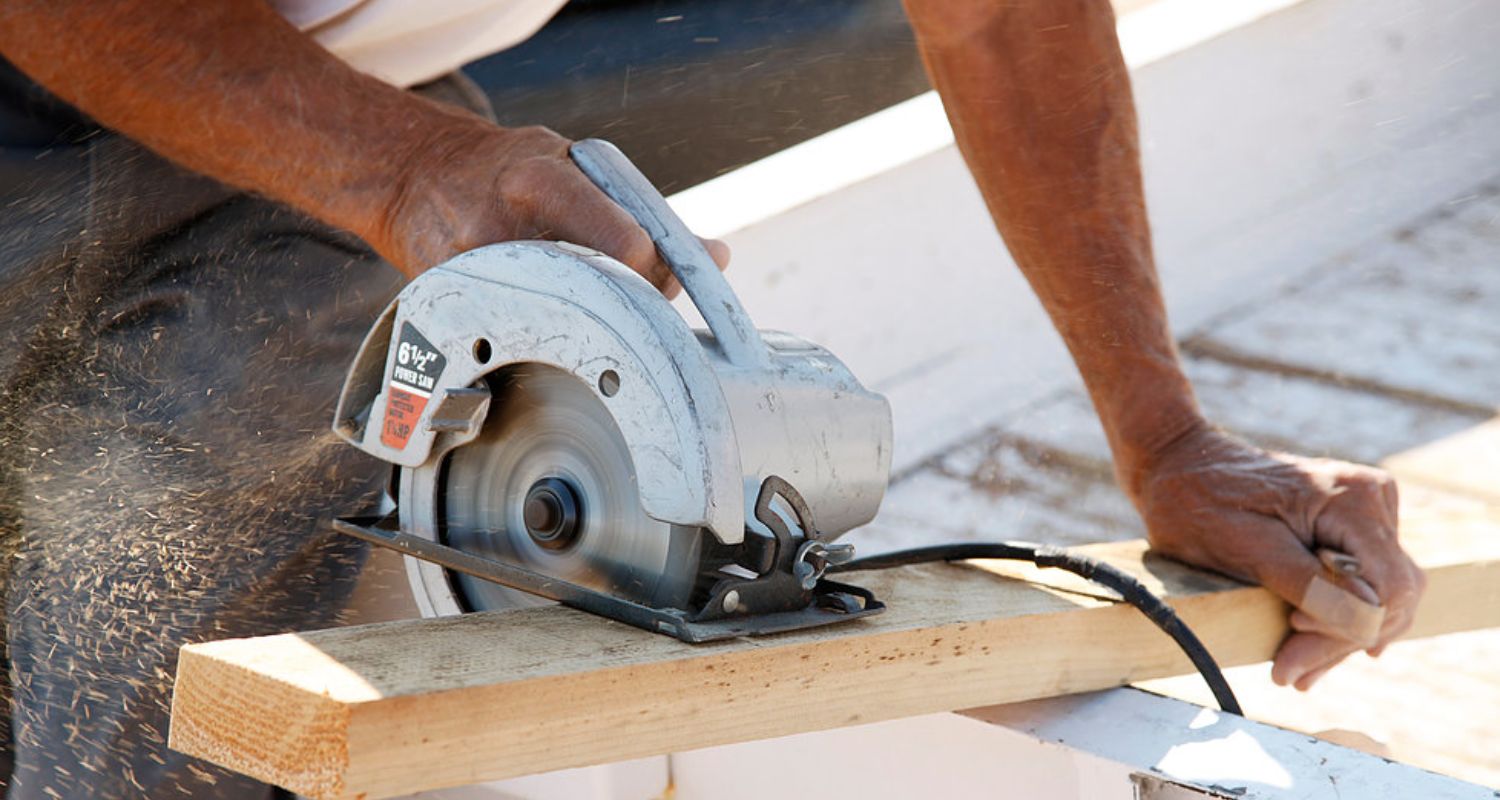This is often the first question people ask when they’re looking to price their project because it’s how we’ve all been taught to evaluate the cost of construction.
Perhaps it’s because construction is muddled with products and materials, both with grossly increased profit margins, and multiple professionals, each bringing to the table their own set of technical expertise. But anyone can make a quick calculation.
Knowing you can multiply the total home square foot by the price per square foot, it can seem like an easy and concrete way to measure value.
But it’s anything but concrete.
It’s wildly inaccurate.
On a 3,000 square foot home, you’re assumed $/sf is $100 but it ends up being $150 a square foot - that $50 difference equals $150,000. Just a $10 difference results in $30,000.
Often overlooked factors include the type of building site (flat or steep lot), building footprint (for foundation and roof size), type of foundation, type of building envelope construction, house styles (modern, craftsman, contemporary, etc.), interior and exterior materials, the range of finishes, and size and number of kitchens, bathrooms, balconies, etc., just to name a few.
Conversely, when a Licensed Residential Builder (LRB) gets asked what their $/sf. is, it tells them that the person asking is trying to compare builders (or houses as previously mentioned) and you can’t provide any kind of meaningful comparison based on a $/sf model.
Continuing that theory, it is based on the type of homes that specific LRB is currently working on, which can vary from contractor to contractor. One could work on cheap, cookie-cutter, cutting-all-the-corners subdivision style of homes (I’m looking at you developers) while another could really value the quality of construction and materials that go into their kind of higher-end style of house. Cheaper services + cheaper products = lower price per square foot.
One answer you might get is “it depends”. It’s not a cop-out - it’s the truth.
Anyone that gives you a price per square foot without asking you a huge list of questions and a detailed budget probably isn’t giving you reliable information. This poor information leads to unrealistic expectations, which can make for a less than desirable home build experience. Cue the horror stories of excited clients building their dream home with the low bidding LRB only to have that number continuously increase during the build.
So why does it still exist?
I believe that because there are so many moving parts in building a home, sometimes homeowners just need something simple, something tangible, something they can understand and believe in.
While a nice dream, the reality is that the $/sf. model is a false sense of a cost to build. It’s easy to mistake cost for value.
What determines the true cost of the home is an honest, accurate and detailed budget from your Licensed Residential Builder (LRB) based on architectural and structural plans. And real value is measured through factors like the type of construction, the contents, the finishes, and the quality of the build - not based on a quick calculation.
Chelsey Morphy
Home Consultant & Designer







